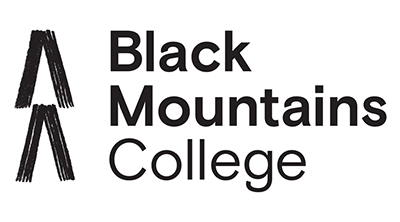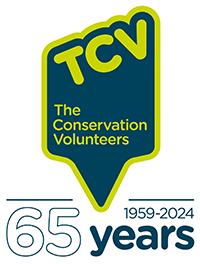Dry stone walling glossary
Our Subscribers



Account Information
Further Information
Resources
© Copyright 2024 The Conservation Volunteers
Registered in England as a limited company (976410) and as a charity in England (261009) and Scotland (SC039302)
Registered Office: Sedum House, Mallard Way, Doncaster DN4 8DB
Website Produced by The Sofa Web and Design

Account Information
Further Information
Resources
© Copyright 2024 The Conservation Volunteers
Registered in England as a limited company (976410) and as a charity in England (261009) and Scotland (SC039302)
Registered Office: Sedum House, Mallard Way, Doncaster DN4 8DB
Website Produced by The Sofa Web and Design

